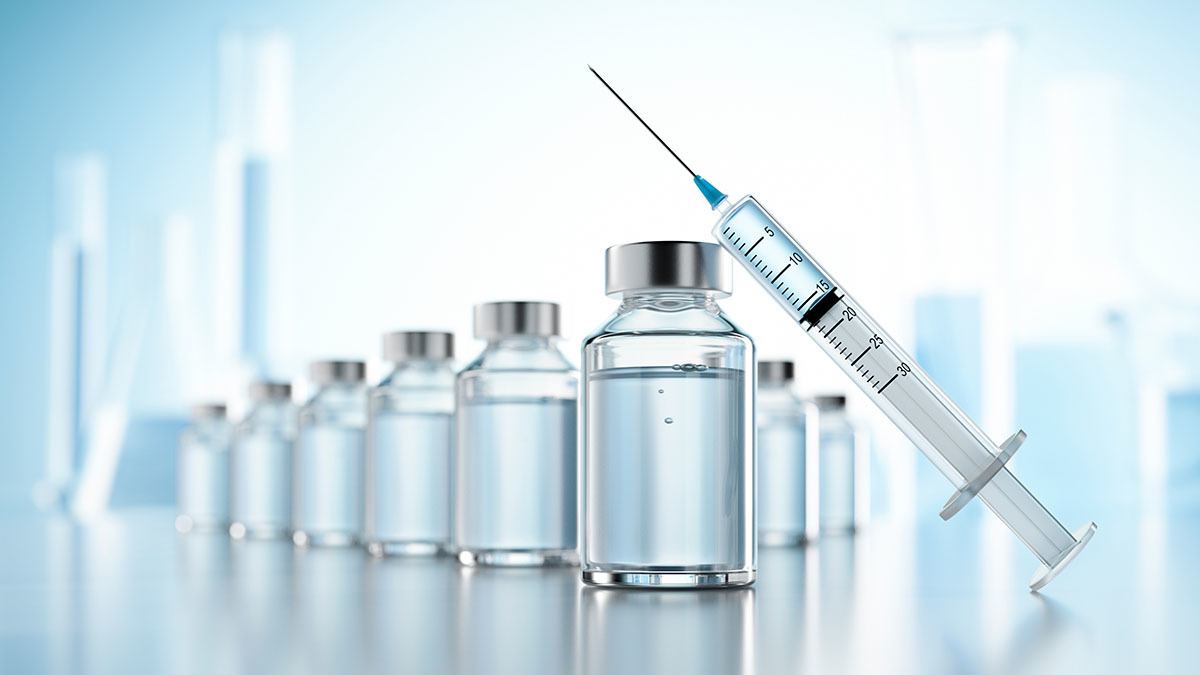USP Stress Condition Extractables Testing
The USP Stress Condition Extractables Testing is a critical component of pharmaceutical quality assurance, ensuring the safety and efficacy of drug products. This testing method evaluates the potential migration of extractable substances from packaging materials into contact with the drug substance or product during storage under various stress conditions.
Stress condition extractables testing involves exposing packaging components to extreme environmental factors such as high temperature, humidity, and light to simulate real-world storage scenarios. The primary objective is to identify any potentially harmful compounds that could leach out of the packaging materials into the drug substance or product container.
The USP method covers a range of tests including thermal stress testing (40°C/75% relative humidity for 10 days), light exposure testing, and accelerated aging. These conditions are designed to accelerate potential degradation processes that might occur during storage over extended periods. Compliance with these tests ensures the packaging materials do not adversely affect the drug product's quality.
For accurate results, specimens must be prepared meticulously following strict protocols. This includes selecting appropriate samples from the batch of packaging components and ensuring they are stored under controlled conditions before testing begins. The testing process typically involves dissolving or extracting potential leachables into solvents using various methods such as sonication or shaking.
Instrumentation used for this type of analysis can vary widely depending on the specific requirements but often includes high-performance liquid chromatography (HPLC), gas chromatography-mass spectrometry (GC-MS), and inductively coupled plasma mass spectrometry (ICP-MS). These instruments help identify and quantify the leachable substances present in the extracts.
Reporting of results is critical for compliance purposes. Reports should include detailed information about the test conditions, specimen preparation procedures, analytical methods employed, observed levels of extractables, and any potential risks identified based on these findings. Regulatory bodies like the USP expect comprehensive documentation to support claims regarding packaging integrity and drug product safety.
Understanding the significance of stress condition extractables testing is essential for quality managers, compliance officers, R&D engineers, and procurement teams involved in pharmaceutical manufacturing processes. Proper implementation ensures that all relevant stakeholders are aware of potential risks associated with packaging materials and can take necessary precautions to mitigate them.
Why It Matters
The importance of USP stress condition extractables testing cannot be overstated. Ensuring that no harmful substances migrate from the packaging into the drug product is paramount in maintaining patient safety and efficacy.
- Patient Safety: Leachables can potentially interact with active pharmaceutical ingredients (APIs) leading to unintended side effects or reduced therapeutic effectiveness.
- Efficacy: Contaminants from packaging materials could alter the performance characteristics of the drug product, affecting its shelf life and overall quality.
- Regulatory Compliance: Failure to meet USP standards can result in non-compliance penalties, recalls, or even legal actions.
The rigorous nature of this testing ensures that only safe and reliable packaging materials are used in pharmaceutical products. By adhering to these stringent protocols, manufacturers uphold the highest standards of healthcare quality and patient care.
Quality and Reliability Assurance
USP stress condition extractables testing plays a crucial role in maintaining high levels of quality and reliability within pharmaceutical manufacturing processes. This testing method helps ensure that the packaging materials used do not introduce any contaminants or adverse effects into the drug product.
| Test Conditions | Description |
|---|---|
| Thermal Stress (40°C/75% RH, 10 days) | This test simulates extreme storage conditions by subjecting packaging components to high temperatures and humidity levels. It helps determine how well the materials withstand these harsh environments without compromising their integrity. |
| Light Exposure Testing (Illumination with UVB lamps at 365 nm) | This test evaluates the impact of ultraviolet light on packaging components, which can cause degradation and release of leachables over time. It provides insights into material stability under direct sunlight exposure. |
By conducting these tests, manufacturers gain valuable data about the performance characteristics of different packaging materials under various stress conditions. This information is invaluable for selecting appropriate materials that meet both regulatory requirements and product quality expectations.
The results obtained from USP stress condition extractables testing are used to develop robust quality assurance plans. These plans outline specific measures to prevent contamination and ensure consistent product quality across all batches produced. Regular audits and continuous monitoring of packaging materials contribute significantly to maintaining these standards throughout the entire production cycle.
Use Cases and Application Examples
The USP stress condition extractables testing has numerous applications across various sectors within pharmaceutical manufacturing. Here are some key use cases:
- Packaging Material Selection: Before finalizing the choice of packaging materials, manufacturers conduct this test to evaluate how different materials perform under extreme conditions.
- New Product Development: During the early stages of developing a new drug product, this testing helps identify potential risks associated with the chosen packaging solution.
| Application Scenario | Potential Risks Addressed | Solution Offered By Testing |
|---|---|---|
| New Drug Delivery System Evaluation | Risk of leachable compounds affecting drug delivery system performance. | Identification and quantification of potential leachables to guide material selection. |
| Ongoing Quality Control Monitoring | Ensure ongoing compliance with regulatory standards for packaging integrity. | Data collection and analysis to support continuous improvement initiatives. |
The following list provides additional context on how USP stress condition extractables testing fits into broader quality control frameworks:
- Thermal Stability Testing: Helps ensure that the packaging materials can withstand high temperatures without degrading or releasing harmful substances.
- Chemical Compatibility: Ensures that there is no adverse interaction between the drug substance and the packaging material.
- Microbial Contamination Control: Prevents microorganisms from entering through compromised packaging, thereby protecting the integrity of the drug product.
In summary, USP stress condition extractables testing serves as a vital tool in ensuring pharmaceutical products meet strict quality and safety standards. Its role extends beyond mere compliance; it contributes significantly to enhancing patient trust by delivering safe and effective medications.





